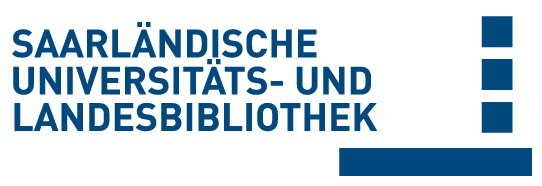Please use this identifier to cite or link to this item:
doi:10.22028/D291-44384 | Title: | Modelling the impact of (non)pharmaceutical interventions during COVID-19 |
| Author(s): | Dings, Christiane |
| Language: | English |
| Year of Publication: | 2024 |
| DDC notations: | 500 Science |
| Publikation type: | Dissertation |
| Abstract: | During the onset of the COVID-19 pandemic, both pharmaceutical and nonpharmaceutical interventions (NPIs) were urgently required. However, assessing their impact proved challenging due to the variability in individual viral load and disease progression. Evaluating NPIs is even more complex as controlled studies are not feasible and the rapidly evolving landscape of the pandemic introduces numerous confounding factors. In such cases, mathematical modelling, including epidemiological and pharmacometric approaches, offers valuable means to simultaneously investigate multiple factors influencing these non-linear processes. In this thesis, non-linear mixed-effects (NLME) modelling were employed to gain insights into the COVID-19 pandemic across Germany´s federal states. The Susceptible-Infected-Recovered model was adapted to assess the impact of age, sex, variant of concerns (VOCs) and testing strategy on disease severity. Additionally, the spread of SARS-CoV-2 among age groups was evaluated, considering the influence of school holidays, remote schooling, VOCs and vaccinations. Furthermore, a pharmacokinetic/ pharmacodynamic model was developed to compare the effects of azelastine nasal spray to placebo on viral load and COVID-19 symptoms. In conclusion, this thesis demonstrates how NLME modelling can effectively address complex processes like pandemic spreading and disease progression, offering valuable insights into the factors impacting these dynamics at both individual and population levels. Die COVID-19 Pandemie erforderte die schnelle Erforschung effektiver Behandlungsmöglichkeiten und nicht-pharmazeutischer Interventionen (NPIs). Allerdings erschweren individuelle Schwankungen der Viruslast und Krankheitsschwere die Untersuchung potentieller Arzneistoffe. Noch komplexer gestaltet sich die Bewertung von NPIs, da keine kontrollierten Studien möglich sind und sich die Bedingungen, unter denen die Pandemie sich entwickelt, ständig ändern. Epidemiologische und pharmakometrische Modellierung ermöglicht die gleichzeitige Untersuchung multifaktorieller, nicht-linearer Prozesse und trägt so zur Klärung dieser Fragestellungen bei. In dieser Arbeit wurde die COVID-19 Pandemie in den deutschen Bundesländern mittels nichtlinearer gemischte-Effekt (NLME) Modelle beschrieben. Das SIR Modell, das die Bevölkerung in Empfängliche, Infizierte und Genesene aufteilt, wurde um den Einfluss von Alter, Geschlecht, Virusvariante (VOC) und Teststrategie auf die Krankheitsschwere erweitert. Zudem wurde die Ausbreitung von SARS-CoV-2 zwischen Altersgruppen mit Fokus auf den Einfluss von Schule, VOC und Impfungen untersucht. Außerdem wurde mittels Pharmakokinetik/-Dynamik-Modell der Einfluss von Azelastin auf Viruslast und Symptomstärke von COVID-19 Patienten mit Placebo verglichen. Diese Arbeit zeigt, wie NLME Modellierung komplexe Prozesse von Krankheitsausbreitung und -verlauf auf individueller und Populationsebene abbilden und dadurch wesentlich zur ihrer Aufklärung beitragen kann. |
| Link to this record: | urn:nbn:de:bsz:291--ds-443847 hdl:20.500.11880/40055 http://dx.doi.org/10.22028/D291-44384 |
| Advisor: | Lehr, Thorsten |
| Date of oral examination: | 6-Feb-2025 |
| Date of registration: | 28-May-2025 |
| Faculty: | NT - Naturwissenschaftlich- Technische Fakultät |
| Department: | NT - Pharmazie |
| Professorship: | NT - Prof. Dr. Thorsten Lehr |
| Collections: | SciDok - Der Wissenschaftsserver der Universität des Saarlandes |
Files for this record:
| File | Description | Size | Format | |
|---|---|---|---|---|
| Dissertation_Christiane.pdf | Hauptband | 37,68 MB | Adobe PDF | View/Open |
This item is licensed under a Creative Commons License


